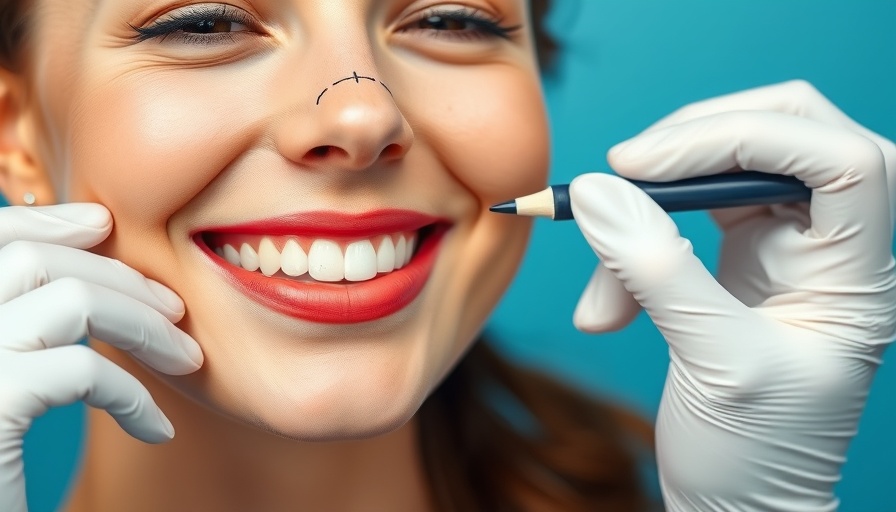
Understanding Rhinoplasty: More Than Just Aesthetic
The nose is not just a central feature of our face; it shapes our identity and influences our social interactions. While many associate rhinoplasty with cosmetic adjustments, it also embodies a profound medical solution. Achieving a harmonious balance in one's appearance can significantly boost self-esteem, while addressing structural issues often leads to improved breathing.
What Is Rhinoplasty?
Rhinoplasty, in essence, is a surgical procedure focused on reshaping the nose. It can modify various aspects, including the size, shape, and even the internal structures. A skilled surgeon must merge artistry with medical knowledge, ensuring that the final outcome enhances both the appearance and functionality of the nose. Patients often report not only an aesthetic improvement but also newfound ease in breathing due to corrected internal defects.
Why Individuals Opt for Rhinoplasty
Individuals choose to undergo rhinoplasty for diverse reasons, primarily falling into two categories: aesthetic and functional. These reasons frequently intersect.
- Aesthetic Concerns: Patients might feel that a large or wide nose overshadows their facial features, or that a hump or bulbous tip detracts from their overall harmony.
- Functional Issues: Many patients experience breathing difficulties, chronic nasal congestion, or sleep issues stemming from structural problems within the nose.
Addressing both aesthetic and functional concerns through rhinoplasty can yield remarkable and gratifying outcomes, allowing individuals to attain a sense of wholeness both in appearance and in health.
The Psychological Impact of Rhinoplasty
Rhinoplasty is not merely a physical transformation; it significantly influences an individual's mental well-being. Carrying the weight of self-consciousness about one's nose can impede social interactions and personal happiness. These emotional journeys often lead patients to rhinoplasty not just for a new nose, but for newfound confidence and a better quality of life.
Recovering from Rhinoplasty: What to Expect
Recovery from rhinoplasty varies, but it typically includes a few weeks of swelling and bruising. Patients are encouraged to rest and avoid strenuous activities during the early recovery phase. Understanding the recovery timeline is crucial for mental preparedness and helps manage expectations during this transformative process.
Rhinoplasty Trends and Innovations in the Field
The landscape of rhinoplasty continues to evolve, with advancements in techniques and technologies making procedures less invasive and offering quicker recoveries. Innovative strategies, such as non-surgical rhinoplasty, are becoming increasingly popular. Patients can explore these options while consulting with their surgeon about personal goals and the best methods to achieve them.
Bringing It All Together: The Transformative Power of Rhinoplasty
Ultimately, rhinoplasty is about more than aesthetics; it represents a pathway towards enhanced function and improved quality of life. It fosters a newfound self-confidence, enabling individuals to engage more wholly with the world around them. Whether motivated by aesthetic desires or breathing difficulties, rhinoplasty serves as a bridge to transformative changes.
A Call to Action
If you’re considering rhinoplasty, it’s essential to consult with a qualified surgeon who understands both the art and science of this procedure. Empower yourself with knowledge about options available, recovery processes, and what to anticipate. Your path towards enhanced aesthetic harmony and improved nasal function could start today. Reach out for an appointment and take your first step towards your desired transformation!
 Add Row
Add Row  Add
Add 




Write A Comment